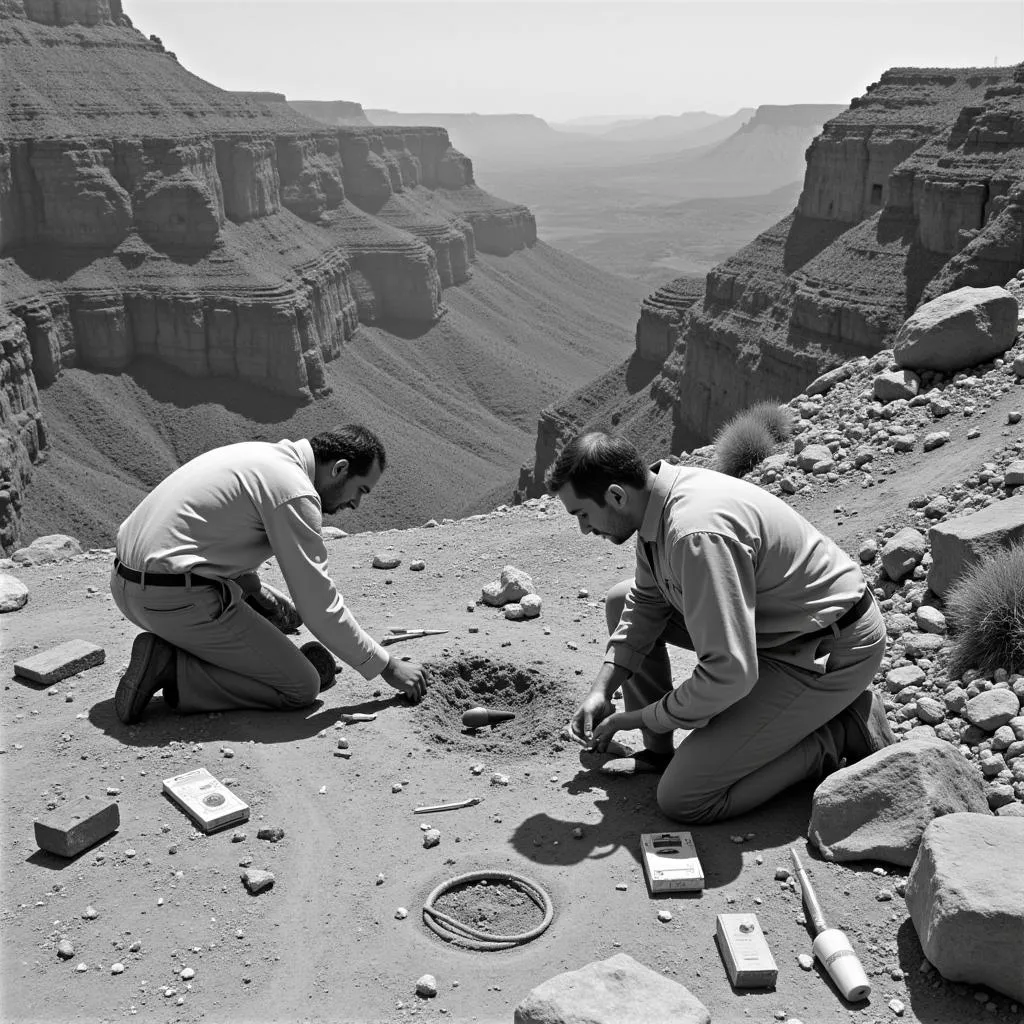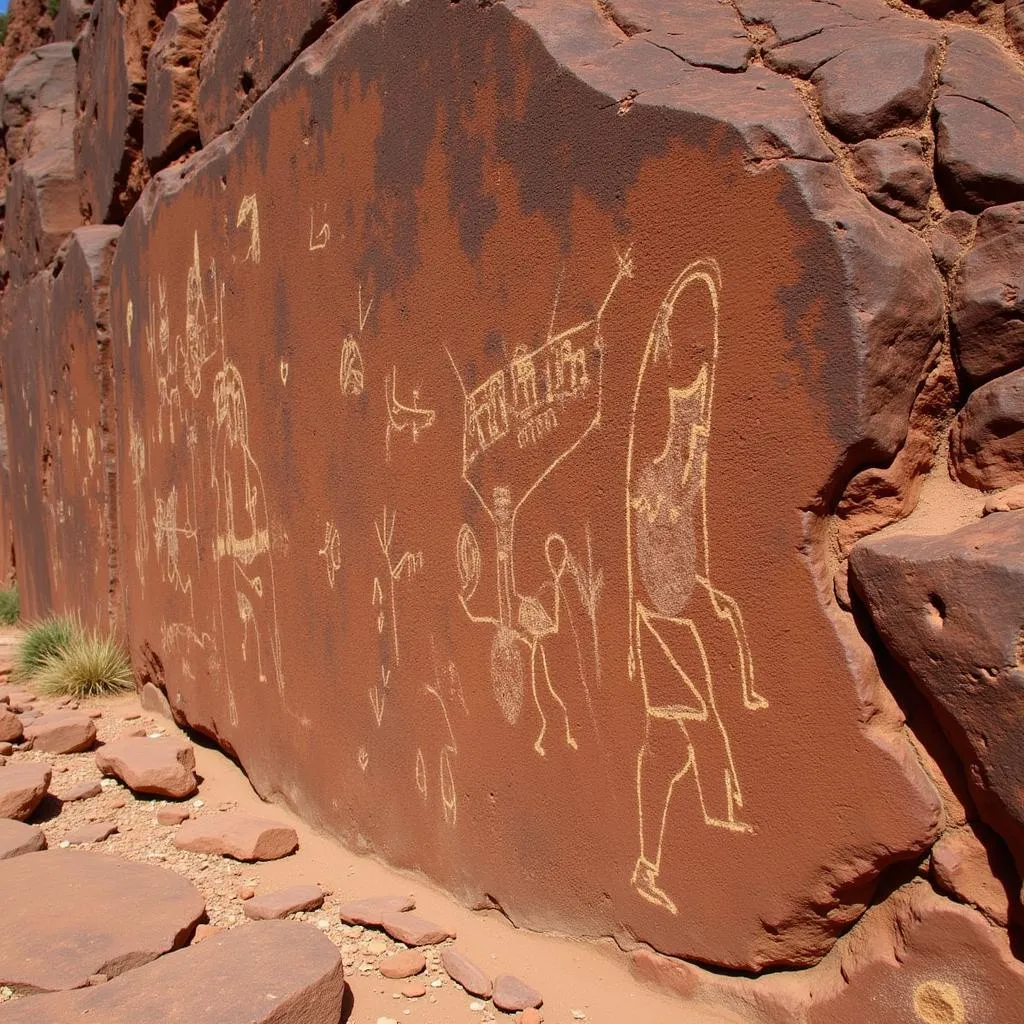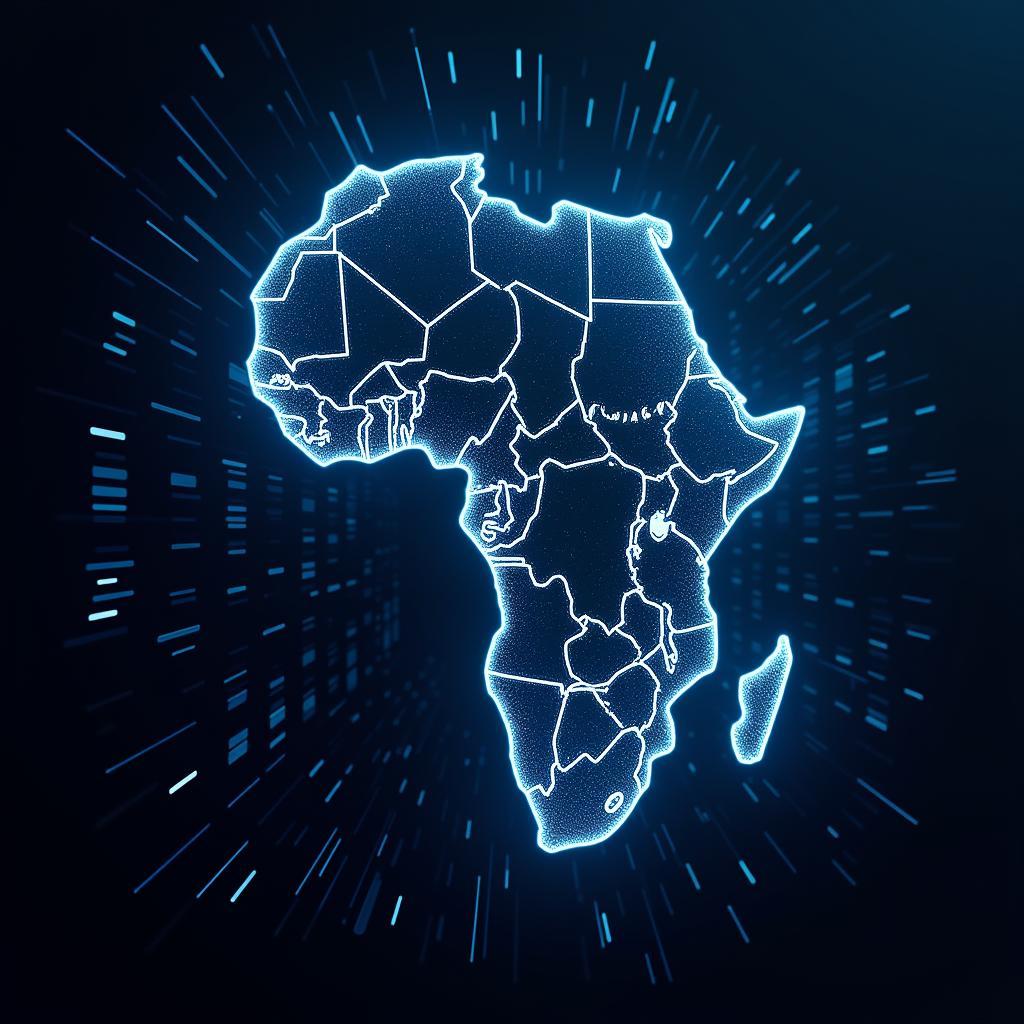African Artifacts in Grand Canyon: Separating Fact from Fiction
The Grand Canyon, a colossal masterpiece carved by the Colorado River, is renowned for its breathtaking vistas and ancient geological formations. But the question of “African Artifacts In Grand Canyon” has sparked intrigue and debate for decades. While the canyon’s history is undeniably rich, the presence of artifacts definitively linking it to ancient African civilizations requires a closer, more critical examination.
Unraveling the Claims of African Artifacts
The idea of ancient African civilizations leaving their mark in the Grand Canyon is a captivating one. It conjures images of intrepid explorers navigating the Colorado River centuries ago, leaving behind traces of their culture. However, the claims often lack the robust scientific evidence needed to support them.
The primary source for these claims often stems from newspaper articles published in the early 20th century. These articles, often sensationalized, reported on alleged discoveries of Egyptian hieroglyphs and other artifacts by explorers venturing into the canyon’s depths. However, these claims have been largely disputed by the scientific community.
 Archaeological Excavation in the Grand Canyon
Archaeological Excavation in the Grand Canyon
The Grand Canyon: A Tapestry of Native American History
While evidence of ancient African presence remains elusive, the Grand Canyon is undeniably a treasure trove of Native American history. For millennia, various indigenous tribes have called this region home, leaving behind a rich tapestry of archaeological sites, artifacts, and cultural traditions.
Tribes like the Havasupai, Hopi, and Zuni have deep ancestral connections to the canyon and its surroundings. Their stories, passed down through generations, speak of their ancestors’ lives, beliefs, and profound relationship with the land. These tribes continue to play a vital role in preserving the cultural heritage of the Grand Canyon.
Scientific Scrutiny and the Importance of Evidence
The study of archaeology and anthropology relies on meticulous research, scientific dating methods, and rigorous analysis. While the idea of ancient African artifacts in the Grand Canyon might be alluring, it’s crucial to approach such claims with healthy skepticism.
“Extraordinary claims require extraordinary evidence,” said Carl Sagan, a renowned astronomer. This principle applies equally to archaeology. To substantiate claims of ancient African presence in the Grand Canyon, we need more than anecdotal accounts or disputed interpretations. We need solid archaeological evidence that can withstand scientific scrutiny.
 Native American Rock Art in the Grand Canyon
Native American Rock Art in the Grand Canyon
Exploring the Grand Canyon: A Journey Through Time
Whether or not future discoveries uncover evidence of ancient African connections, the Grand Canyon remains an awe-inspiring testament to the power of nature and the enduring spirit of the human story. It’s a place where visitors can connect with the ancient past, marvel at the canyon’s grandeur, and appreciate the diverse cultures that have shaped this iconic landscape.
So, as you stand at the rim of the Grand Canyon, gazing out at its vast expanse, remember that you’re standing on ground that has been revered and inhabited for thousands of years. The canyon’s secrets continue to be unearthed, each discovery adding a new layer to the intricate tapestry of its history.
Conclusion
The question of African artifacts in the Grand Canyon continues to fascinate and spark debate. While evidence supporting ancient African connections remains elusive, the Grand Canyon’s rich Native American history and its undeniable beauty make it a destination that captivates the imagination. As we continue to explore and learn more about this extraordinary landscape, we must remain open to new discoveries while grounding our understanding in scientific evidence.
FAQ
1. Are there any credible scientific studies supporting the existence of African artifacts in the Grand Canyon?
To date, there are no widely accepted scientific studies that conclusively prove the existence of ancient African artifacts in the Grand Canyon.
2. Why are the early 20th-century claims about Egyptian artifacts in the Grand Canyon considered controversial?
The early 20th-century claims lack robust scientific evidence and were often published in newspapers that sensationalized their findings. These claims have been largely disputed by archaeologists and anthropologists.
3. What are some of the challenges in proving ancient connections between Africa and the Grand Canyon?
The Grand Canyon is a vast and rugged landscape, making archaeological exploration challenging. Additionally, the passage of time and natural erosion can make it difficult to find and interpret ancient artifacts.
4. What is the significance of Native American history in the context of the Grand Canyon?
Native American tribes have a deep and enduring connection to the Grand Canyon, having inhabited the region for thousands of years. Their cultural traditions, stories, and archaeological sites provide invaluable insights into the canyon’s rich human history.
5. What is the best way to learn more about the history and cultural significance of the Grand Canyon?
Visiting the Grand Canyon National Park, exploring its museums, and participating in ranger-led tours are excellent ways to learn more about the canyon’s diverse history and cultural significance.
Need assistance with your African adventure or have any questions? Reach out to us:
Phone Number: +255768904061
Email: [email protected]
Address: Mbarali DC Mawindi, Kangaga, Tanzania
Our dedicated team is available 24/7 to assist you.
Explore more captivating stories and insights about Africa on our website, “African Life”. Discover the vibrant cultures, breathtaking landscapes, and fascinating history of this incredible continent.

